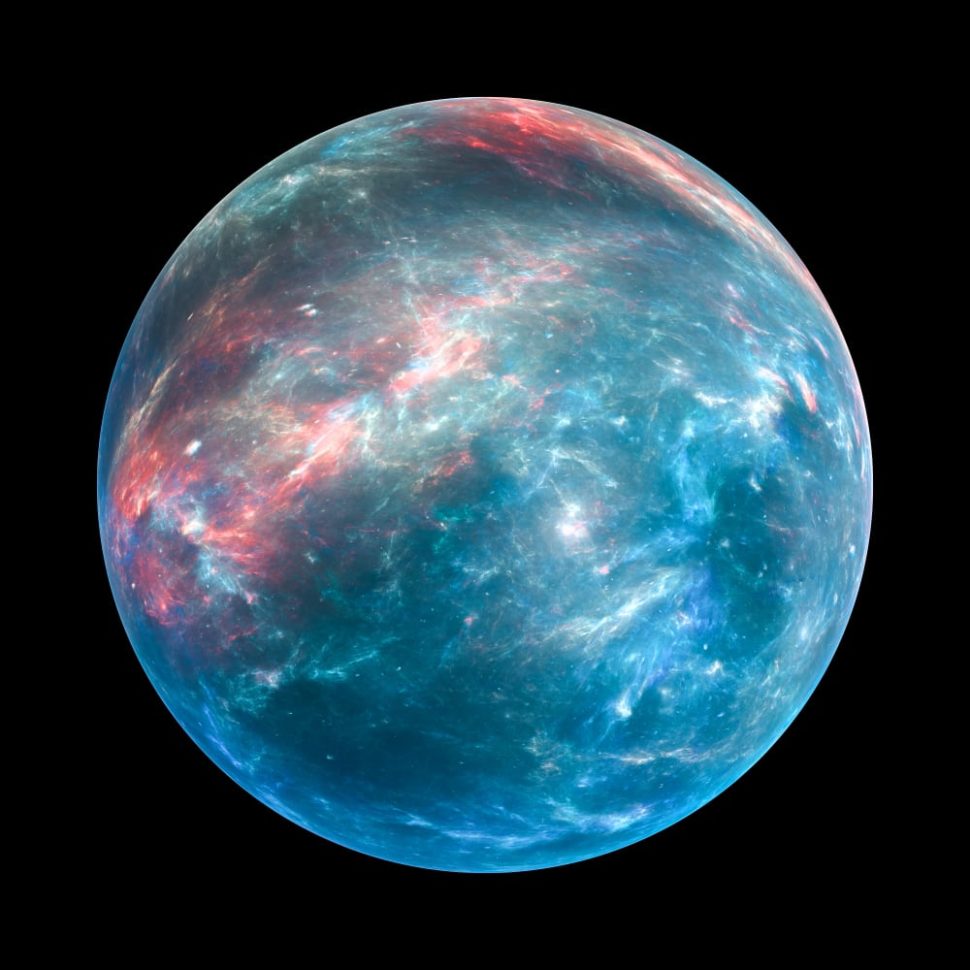Astronomers have detected evidence of large quantities of multiple metals, and possibly even water, in a gaseous giant exoplanet.
Discovered in 2016, WASP-127b is one of the most unique worlds ever found among the thousands of exoplanets already cataloged.
Now, an international team of astronomers’ new findings makes WASP-127b an even rarer cosmological case.
WASP-127b Exoplanet, a Lightweight gas Giant
WASP-127b orbits WASP-127 – a K-type star, aka an orange dwarf star – which lies in the constellation of Virgo, about 200 light-years from Earth.
Though WASP-127b is a gas giant, it bears resemblance neither to the gaseous planets in our solar systems or other gaseous exoplanets known to date.
This exoplanet is so close to its home star that it completes an orbit around it in just a little over four days and temperatures at its surface surpass 1,000° C.
What distinguishes WASP-127b from other planets is its density. While 1.4 times bigger than Jupiter, it only has a fifth of Jupiter’s mass, which makes it the least dense exoplanet ever discovered.
The low density of this exoplanet’s atmosphere comes with a high content of multiple metals, and some water to boot.
Researchers at the University of Cambridge (UPC, UK) and the Instituto de Astrofísica de Canarias (IAC, Spain) have detected “strong signatures” of alkali metals in the WASP-127b atmosphere.
An Unlikely Place to Find Metals and Water
To observe WASP-127b, the UPC and the IAC team used the Gran Telescopio Canarias, a giant telescope installed on the island of La Palma in Spain.
Researchers said that WASP-127b has a partly clear sky and an atmosphere rich in lithium, sodium, potassium, and possibly water.
“While this detection is not statistically significant, as water features are weak in the visible range, our data indicate that additional observations in the near-infrared should be able to detect it,” said researchers. They also believe that the presence of lithium and the ground telescope’s ability to detect it is the major finding of their study.
“The presence of lithium is important to understand the evolutionary history of the planetary system and could shed light on the mechanisms of planet formation,” said IAC’s Guo Chen, first author of the study.
Cambridge’s Nikku Madhusudhan, co-author of the study, also commented by saying “The detection of a trace element such as lithium in a planetary atmosphere is a major breakthrough and motivates new follow-up observations and detailed theoretical modeling to corroborate the findings.”
The detection of lithium also suggests that the host star, WASP-127, could be a red giant star, or a “supernova having enriched the cloud of material from which this system originated”.
Although, as a gaseous world, WASP-127b can’t sustain complex life forms, its atmosphere may hold elements suitable for extremophiles.
WASP-127b takes the notion of extreme worlds to a whole new level.



















Wow
Who’s here after Lil Uzi Vert owned it 😂?
who here after lil uzi bought it
uzi planet uzi planet
: ) Love this!